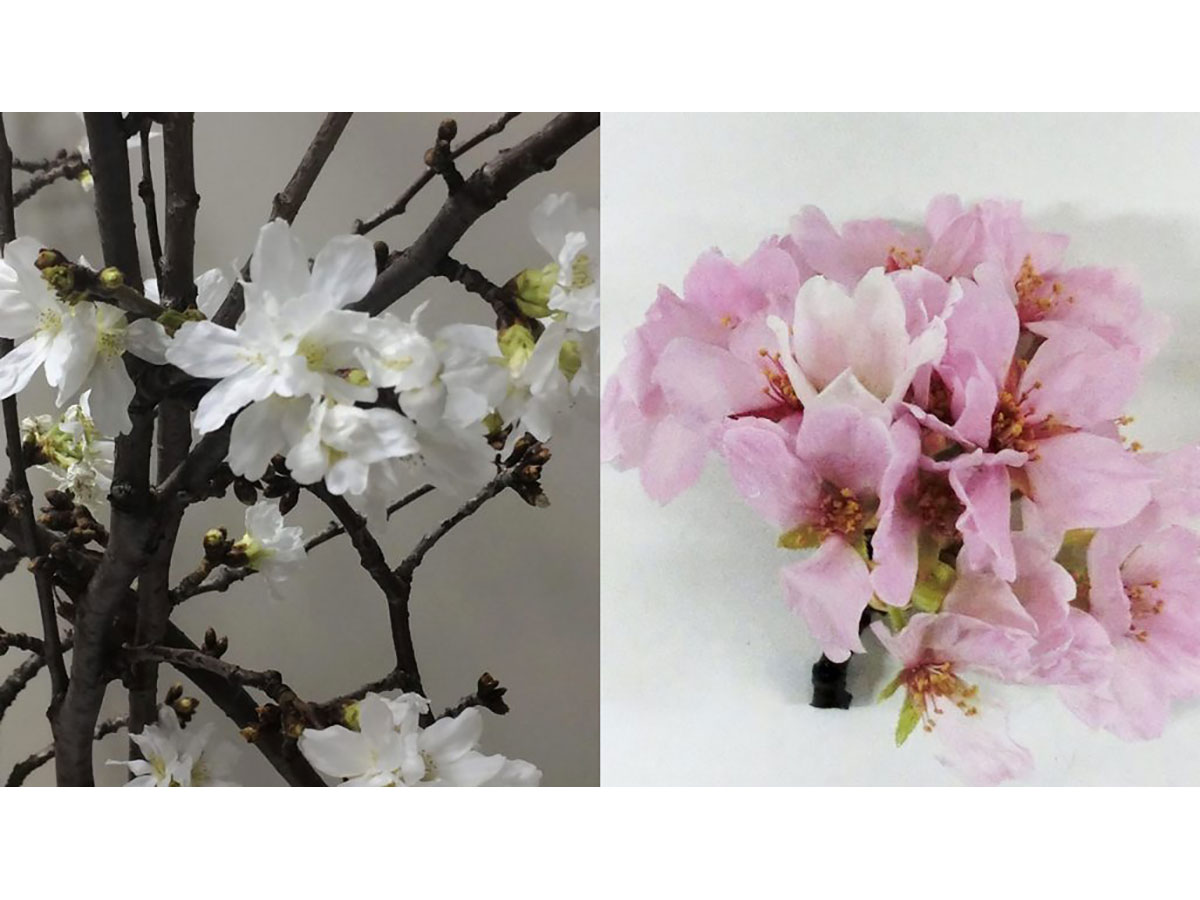
Source: © JAPAN Forward
Want Vivid Pink Sakura Indoors? Hirosaki University Researchers Might Just Make That Possible
- Tags:
- Cherry Blossoms / Sakura
Related Article
-
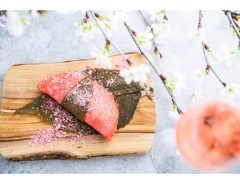
Tokyo restaurant serves up sakura tacos to celebrate cherry blossom season
-
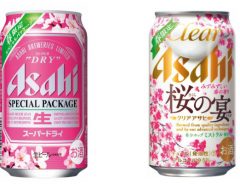
Sakura Fans Can Celebrate Their Flower Viewing Parties With Cherry Blossom-Labeled Asahi Super Dry
-
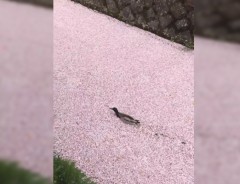
This Duck Swimming Through A Sakura-Covered River Is Your Zen Moment Of The Day
-
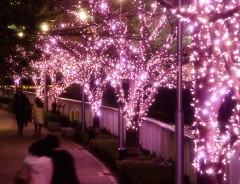
Cherry Blossom In Winter? Illumination By Meguro River Purifies Our Souls
-

Aromatic Sakura Bitters Add Cherry Blossom Flavor And Fragrance To Your Favorite Cocktails And Sweets
-
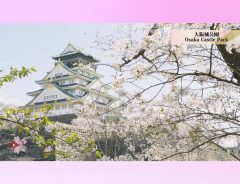
Enjoy a virtual hanami with a 4K hour-long video of cherry blossoms in Japan


(Juichiro Ito of the Sankei Shimbun, for JAPAN Forward)
Cherry blossoms beautifully color the landscape of Japan at this time every year. Now, a research team at Hirosaki University in Japan’s northern Aomori prefecture has deciphered the mechanism by which the ubiquitous Somei Yoshino variety blooms into clouds of softly-tinted pink blossoms every spring.
The researchers found that blue and red LED lights used to illuminate the buds were the key to understanding this coloring mechanism. It may be possible, they said, to use this research to make cherry trees bloom into vividly-colored blossoms at will.
Hanami? You’re Probably Thinking of Somei Yoshino Trees
The Somei Yoshino variety originated in Japan by crossbreeding two native cherry trees, the edo higanzakura and oshima-zakura. At the end of the Edo Period (1603-1867), a gardener in the town of Somei in Edo (present-day Komagome in Tokyo’s Toshima ward) began selling Somei Yoshino trees nationwide. He named the variety “Yoshino-sakura,” after Mt. Yoshino in Nara Prefecture, which had long been known as a famous cherry blossom viewing spot.
Afterward, the name is said to have been changed to Somei Yoshino, bearing the name of the town where it was propagated and differentiating it from the cherry trees on Mt. Yoshino.
Somei Yoshino were planted nationwide during the high-growth period of the Showa Era (1926-1989). The variety has become so familiar to Japanese people today that it is Somei Yoshino that comes to mind at the mention of cherry blossom viewing.
Somei Yoshino are very fast-growing cherry trees with a canopy that can exceed 20 meters wide in only 20 years. It is particularly well-suited to hanami, or cherry blossom viewing, with dense blossoms engulfing the branches before its leaves emerge in the spring. For this reason, there are many famous hanami spots featuring Somei Yoshino throughout Japan.
Hirosaki Park in the city of Hirosaki, Aomori Prefecture, is one of them. The Hirosaki Cherry Blossom Festival, held over Japan’s annual Golden Week holiday from late April to early May, typically attracts more than two million tourists each year.
Written by Japan ForwardThe continuation of this article can be read on the "Japan Forward" site.
Want Vivid Pink Sakura Indoors? Hirosaki University Researchers Might Just Make That Possible